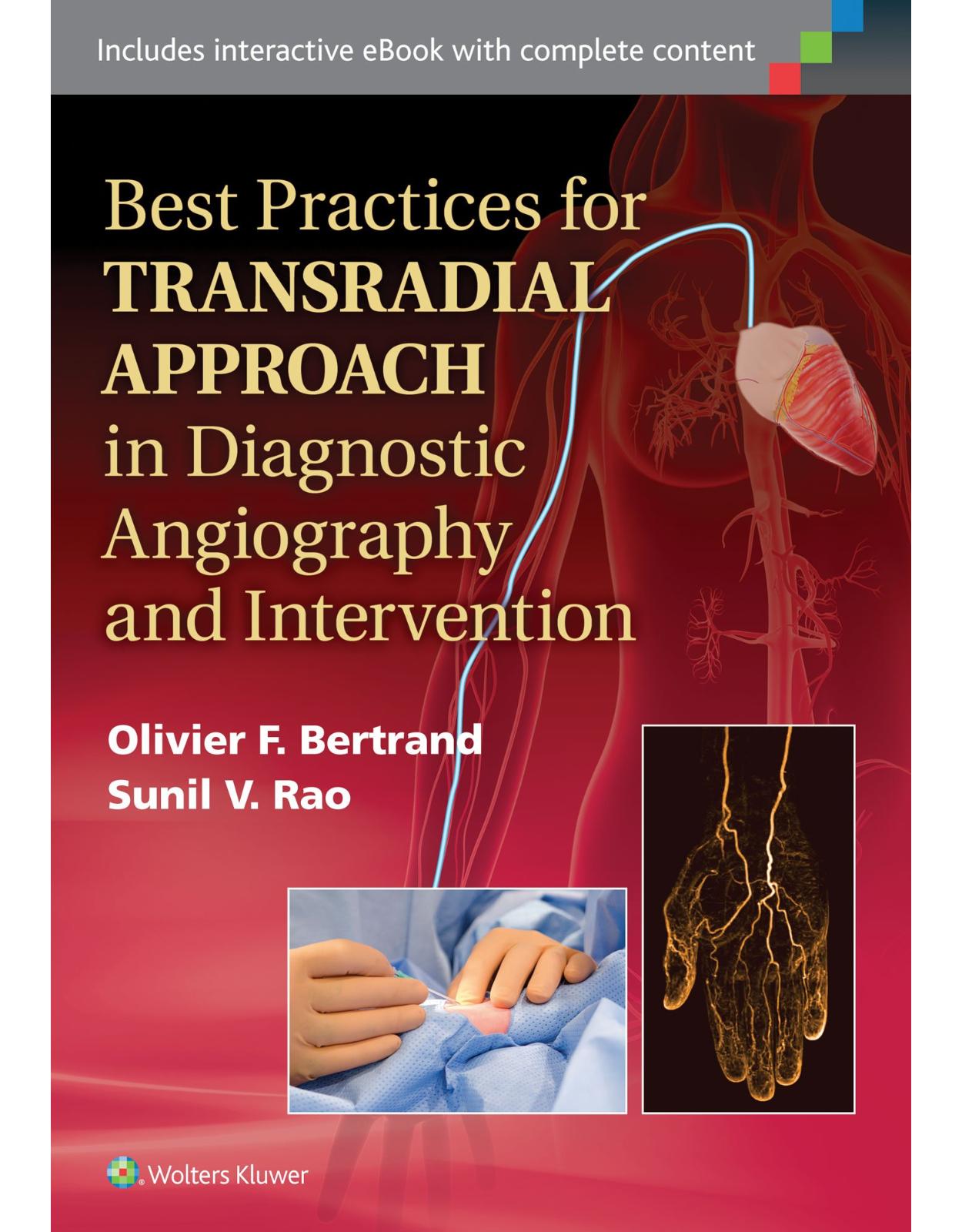
Best Practices for Transradial Approach in Diagnostic Angiography and Intervention
Produs indisponibil momentan. Pentru comenzi va rugam trimiteti mail la adresa depozit2@prior.ro sau contactati-ne la numarul de telefon 021 210 89 28 Vedeti mai jos alte produse similare disponibile.
Disponibilitate: Acest produs nu este momentan in stoc
Autor: Olivier Bertrand, Sunil Rao
Editura: LWW
Limba: Engleza
Nr. pagini: 350
Coperta: Hardcover
Dimensiuni: 17.78 x 2.54 x 25.4 cm
An aparitie: 5 Feb. 2015
Description:
Best Practices for Transradial Approach in Diagnostic Angiographyand Intervention provides an innovative, patient-friendly approach to percutaneous coronary intervention, delivering authoritative guidance on the procedures, as well as solid evidence from clinical studies and experienced facilities. Learn from pioneers and experts in the field how you can improve patient care and optimize outcomes using this efficient and cost-effective technique. • Increase your knowledge of the tremendous recent advancements to the transradial approach, and learn the clinical advantages and benefits of this approach compared with the standard femoral approach. • Benefit from the combined knowledge of a team of worldwide experts who provide practical "tips and tricks" that help you make the most of this globally acknowledged technique in your practice. • Gain insight into all relevant aspects of transradial coronary access, from basic facts and procedural details to complications and non-coronary interventions. • Examine an up-to-date, in-depth review and critical analysis of data available in the literature. Now with the print edition, enjoy the bundled interactive eBook edition, offering tablet, smartphone, or online access to: • Dozens of exclusive illustrations that demonstrate the benefits of using the transradial approach in clinical practice. • Complete content with enhanced navigation • Powerful search tools and smart navigation cross-links that pull results from content in the book, your notes, and even the web • Cross-linked pages, references, and more for easy navigation • Highlighting tool for easier reference of key content throughout the text • Ability to take and share notes with friends and colleagues • Quick reference tabbing to save your favorite content for future use
Table of Contents:
Chapter 1: Historical and Epidemiological Note
Historical and Epidemiological Note
History
The Adoption of Transradial Access in Invasive Cardiology
Conclusion
Figure 1-1
Figure 1-2
Figure 1-3
Figure 1-4
Figure 1-5
Figure 1-6
Table 1-1: Worldwide Transradial PCI Utilization by Country and Region
Figure 1-7
Figure 1-8
References
Chapter 2: Access Site Bleeding and Nonaccess Site Bleeding
Access Site Bleeding and Nonaccess Site Bleeding
Introduction
Incidence of Bleeding After PCI
Defining Bleeding
Relative Incidence of Access Site and Nonaccess Site Bleeding
Bleeding Complications and Outcomes
Mechanisms
Bleeding Avoidance Strategies and Outcomes
Conclusion
Table 2-1: The Bleeding Academic Research Consortium (BARC) Definition of Bleeding Complications
Figure 2-1
Figure 2-2
Table 2-2: Selected Studies Showing an Association between Bleeding Complications and Adverse Outcomes
Table 2-3: Available Bleeding Avoidance Strategies
References
Chapter 3: General Overview, Patient Preparation, and Selection
General Overview, Patient Preparation, and Selection
General Overview
Definition of Transradial Access
Pathophysiologic Rationale for Transradial Access
Clinical Evidence in Support of Transradial Access
Randomized Trials
Meta-analyses
Patient Selection
Radial Artery Selection
Identification of the Artery Pulse
Left or Right Radial Artery?
A Tiny Wrist Does not Necessarily Mean Small Radial Artery
Can Anatomic Variants and Vessel Tortuosity Be Anticipated?
Assessment of Collateral Circulation to the Hand
Patient Preparation
Arm Preparation
Radial Puncture
Spasmolytic Cocktail
Table 3-1: Patient Selection in Key Clinical Trials Focusing on Transradial Access
Table 3-2: Patient Preparation in Key Clinical Trials Focusing on Transradial Access
Table 3-3: Systematic Reviews and Meta-analyses Focusing on Transradial Access
Table 3-4: Practical Hints for Patient Selection for Transradial Access
Figure 3-1
Figure 3-2
Figure 3-3
Figure 3-4
Figure 3-5
Figure 3-6
Figure 3-7
Figure 3-8
References
Chapter 4: Vascularization, Anatomy and Variants
Vascularization, Anatomy and Variants
Arterial Anatomy
Embryology of Forearm Arteries
Embryology of Central Upper Extremity Arteries
Embryology of Peripheral Upper Extremity Arteries
Distal Forearm Artery Anatomy
Loops and Tortuosity
Axillary/Subclavian Region
Venous Anatomy
Introduction
Embryology of the Forearm Veins
Veins Are Different from Arteries
Anatomy of the Forearm Veins
Basilic Vein
Cephalic Vein
Natural Anomalies of the Venous System
Iatrogenic Changes to the Venous System
Breast Cancer Surgery and Lymphedema
Conclusion
Figure 4-1
Figure 4-2
References
Chapter 5: Anatomy, Tortuosities, and Access Difficulties
Anatomy, Tortuosities, and Access Difficulties
Background
Issues Related to Radial and Brachial Regions
Radial Artery Spasm
Tortuosity
Perforation
Loops and Curvatures
Balloon-Assisted Tracking of a Catheter: A Must-Learn Technique
Issues Related to Subclavian, Innominate, and Aortic Arch Regions
Tortuosity in Subclavian Region
Severely Dilated and Distorted Aortic Route (Pseudo-arteria Lusoria)
Conclusion
Acknowledgment
Figure 5-1
Figure 5-2
Figure 5-3
Figure 5-4
Figure 5-5
Figure 5-6
Figure 5-7
Figure 5-8
Figure 5-9
Figure 5-10
Figure 5-11
Figure 5-12
Figure 5-13
Figure 5-14
Figure 5-15
Figure 5-16
Figure 5-17
Figure 5-18
References
Chapter 6: Radial Artery versus Ulnar Artery Catheterization
Radial Artery versus Ulnar Artery Catheterization
Background
Anatomic Considerations
Allen Tests, Pulse Oximetry, and Doppler Plethysmography
Puncture Technique
Retrograde Arteriography of the Wrist
Postprocedure Management
Potential Benefits of the Transulnar Approach
Limitations of the Transulnar Approach
Entry Site Complications
Conclusion
Figure 6-1
Figure 6-2
Figure 6-3
Figure 6-4
Figure 6-5
Figure 6-6
Figure 6-7
Figure 6-8
Figure 6-9
Figure 6-10
Figure 6-11
Figure 6-12
Figure 6-13
Figure 6-14
Figure 6-15
Figure 6-16
Figure 6-17
Figure 6-18
Figure 6-19
Figure 6-20
Figure 6-21
Figure 6-22
Figure 6-23
Figure 6-24
Figure 6-25
Figure 6-26
Figure 6-27
Figure 6-28
Figure 6-29
Figure 6-30
Table 6-1: Advantages and Disadvantages of Transulnar Approach
Table 6-2: Potential Indications for Transulnar Access for Cardiovascular Interventions
References
Chapter 7: Tips and Tricks for Diagnostic Angiography and Intervention
Tips and Tricks for Diagnostic Angiography and Intervention
Introduction
Anatomical Considerations
Use of Respiration
Catheter Selection for Diagnostic Coronary Angiography
Catheter Selection for Percutaneous Coronary Interventions
Passive Backup Support Catheters
Prevention of Catheter Kinking and Knotting
Active Backup Support Catheters
Universal Catheters versus Regular Catheters for Percutaneous Coronary Intervention
Saphenous Vein Grafts
Guiding Catheter Extensions
Conclusion
Figure 7-1
Figure 7-2
Figure 7-3
Figure 7-4
Figure 7-5
Figure 7-6
Figure 7-7
Figure 7-8
Figure 7-9
Table 7-1: Guiding Catheters and Device Compatibility
Figure 7-10
Figure 7-11
Figure 7-12
Figure 7-13
Figure 7-14
Figure 7-15
Figure 7-16
Table 7-2: Tips and Tricks to Ensure Successful Transradial Catheterization
References
Chapter 8: Slender Catheters and Techniques
Slender Catheters and Techniques
Introduction
What Is Slender Percutaneous Coronary Intervention?
Device Compatibility in Slender Guiding Catheters
New Devices in Slender Percutaneous Coronary Intervention
Downsizing in Regular 0.014 Inch Balloons
0.010-Inch Guidewire and Compatible Balloon System
Small-Size Intravascular Ultrasound Catheter
New Techniques in Slender Percutaneous Coronary Intervention
Bifurcation Treatment in Slender Percutaneous Coronary Intervention
Chronic Total Occlusion
Distal Protection in Slender Percutaneous Coronary Intervention
Intravascular Ultrasound Catheter in 4F Guiding Catheter
Sheathless System
Virtual 3F/Virtual 2F
Minimum Contrast Technique
Conclusion and Future Perspective
Figure 8-1
Table 8-1: Bifurcation Treatment Technique
Table 8-2: Slender Conversion Table
Table 8-3: New Techniques in Slender PCI
References
Chapter 9: Radial Artery Spasm and Abnormal Flow Reserve
Radial Artery Spasm and Abnormal Flow Reserve
Pathologic Basis of Radial Artery Spasm and Vascular Function
Physiologic Basis of Radial Artery Spasm and Vascular Function
Definition of Radial Artery Spasm
Measurement of Radial Artery Spasm
Mechanism of and Factors Predisposing to Radial Artery Spasm
Impact of Vasodilator Agents on Radial Artery Spasm
Impact of the Introducer Sheath on Radial Artery Spasm
The Potential Effects of Radial Artery Spasm on Other Complications
Predictors of Radial Artery Spasm
Physiologic Changes in the Radial Artery Following Transradial Procedures
The Use of Radial Artery as Graft Conduit and Vascular Function
The Physiologic Basis of Radial Artery Vascular Function and Endothelial Function
Optimization of Vascular Function after Transradial Procedures
Future Directions
Conclusion
Figure 9-1
Figure 9-2
Figure 9-3
References
Chapter 10: Hemostasis and Radial Artery Occlusion
Hemostasis and Radial Artery Occlusion
Introduction
Radial Artery Occlusion: Definition and Incidence
Assessment of Radial Artery Patency
Pathophysiology of Radial Artery Occlusion
Factors Associated with Increased Risk of Radial Artery Occlusion/Predictors of Radial Artery Occlusion
Patient-Related Factors: Gender, Age, Body Mass Index, Peripheral Arterial Occlusive Disease, and Diabetes
Procedural Factors
Duration of Hemostatic Compression
Clinical Sequelae of Radial Artery Occlusion
Ischemia
Treatment of Radial Artery Occlusion: What Is Proven, and What Is Hypothesis-Generating
Pharmacologic Treatment
Nonpharmacologic Treatment
Medicated Sheaths
Sheathless Guides
Conclusion
Figure 10-1
Table 10-1: Predictors of RAO
Figure 10-2
Figure 10-3
Figure 10-4
Figure 10-5
Figure 10-6
References
Chapter 11: The Learning Curve for Transradial Coronary Angiography and Intervention
The Learning Curve for Transradial Coronary Angiography and Intervention
Introduction
Clinical Outcomes and the Learning Curve of Transradial Coronary Intervention
The Importance and Challenges of Characterizing Transradial Learning Curve
The Learning Curve of Transradial Coronary Angiography
The Learning Curve of Transradial Coronary Interventions
The Learning Curve of Transradial Angiography and Intervention for Novice Operators
The Implication of Transradial Learning Curve for Training and Competency Guidelines
The Learning Curve of Transradial Angiography and Intervention: Future Research
Conclusion
Figure 11-1
Table 11-1: Procedural Outcomes
Figure 11-2
References
Chapter 12: Complications of Transradial Catheterization
Complications of Transradial Catheterization
Introduction
Femoral Artery Access and Complications
Radial Artery Access and Complications
Conclusion
Figure 12-1
Table 12-1: Complete List of Published Vascular Complications with Radial/Ulnar Access
Table 12-2: Comparison of Femoral and Radial Complications
Figure 12-2
Figure 12-3
Figure 12-4
Figure 12-5
References
Chapter 13: Right Heart Catheterization Using the Arm: Total Wrist Approach for Diagnosis and Intervention
Right Heart Catheterization Using the Arm: Total Wrist Approach for Diagnosis and Intervention
Introduction
History
Modern Era
Practical Aspects of Venous Catheterization
Vein Physiology
Vasoreactivity
Venous Anatomy of Arm
Localizing Veins
Entering the Venous System
Passage of the Central Venous Catheter or Device
Anatomic Challenges
Practical Suggestions
Finishing the Procedure
Potential Extensions for Peripheral Access to Central Venous System
Conclusion
Table 13-1: Appropriate Use Criteria for Right Heart Catheterization as Defined in 2012a
Figure 13-1
Table 13-2: Characteristics of Patients, Procedural Times, and Complications in Those Undergoing Either Femoral or Radial Right and Left Heart Catheterization
Figure 13-2
Figure 13-3
Figure 13-4
References
Chapter 14: Coronary Interventions: 5F versus 6F to 7F
Coronary Interventions: 5F versus 6F to 7F
Introduction
Size of the Radial Artery and Artery Diameter/Sheath Size Ratio
Backup Support and Vascular Tortuosity
5F versus 6F Guiding Catheters for Coronary Intervention
The Slender Catheters for Percutaneous Intervention
Bifurcational Lesions
Debulking Procedures
Chronic Total Occlusion
Feasibility of 7F Radial Approach for Complex Percutaneous Coronary Interventions
Conclusion
Table 14-1: Guiding Catheters for Coronary Intervention
References
Chapter 15: Primary and Rescue Percutaneous Coronary Intervention
Primary and Rescue Percutaneous Coronary Intervention
Introduction
Importance of Bleeding
Access Site versus Non–access Site Bleeding
Time Is Important in ST-Elevation Myocardial Infarction
Potential Advantages of Radial Access in ST-Elevation Myocardial Infarction
Potential Disadvantages of Radial Access in ST-Elevation Myocardial Infarction
Evidence Regarding the Use of Radial versus Femoral Access in ST-Elevation Myocardial Infarction
Guidelines
Growth in the Use of Radial Access during Primary Percutaneous Coronary Intervention
Recommendations
Conclusion
Figure 15-1
Figure 15-2
Figure 15-3
Figure 15-4
Table 15-1: Characteristics of Randomized Trials of Radial versus Femoral Access
Table 15-2: Event Rates in Randomized Trials of Radial versus Femoral Access
Figure 15-5
Figure 15-6
Figure 15-7
Figure 15-8
Figure 15-9
Figure 15-10
Figure 15-11
References
Chapter 16: Transradial Approach for Diagnostic and Interventional Procedures in Patients with Coronary Bypass Grafts
Transradial Approach for Diagnostic and Interventional Procedures in Patients with Coronary Bypass Grafts
Introduction
Procedure Planning
History Evaluation
Radial Artery Evaluation
In Situ Internal Mammary Artery Grafts
Homolateral Transradial Approach in Patients with Internal Mammary Graft
Contralateral Transradial Approach in Patients with Internal Mammary Graft
Aorto-coronary Grafts
Transradial Approach in Patients with Saphenous Vein Grafts
Radial Artery Grafts and Grafts Rising from Descending Aorta
Conclusion
Figure 16-1
Figure 16-2
Figure 16-3
Figure 16-4
Figure 16-6
Figure 16-5
Table 16-1: Compatibility between Guiding Catheter and Antiembolic Devices in Percutaneous Interventions on Degenerated SVGs
Figure 16-7
Figure 16-8
References
Chapter 17: Radial and Complex Coronary Interventions: Chronic Occlusion
Radial and Complex Coronary Interventions: Chronic Occlusion
PCI of CTOs: Techniques, Strategies, and Devices
Specific Issues of Transradial PCI for CTO
Transradial PCI Treatment of CTO: Experience and Results
Conclusion
Figure 17-1
Table 17-1: Compatibility of Materials and Techniques with 5F to 8F Guiding Catheters and Sheath Size in a French Population
Figure 17-2
Figure 17-3
Figure 17-4
Figure 17-5
Figure 17-6
Figure 17-7
Figure 17-8
Figure 17-9
Figure 17-10
Figure 17-11
Table 17-2: Comparison of the Transradial and the Transfemoral Approaches in CTO PCI
Table 17-3: Nonrandomized Comparison of Radial and Femoral Approaches in ICPS CTO Database
References
Chapter 18: Radial Approach and Complex Coronary Interventions: Bifurcations
Radial Approach and Complex Coronary Interventions: Bifurcations
Introduction
Adaptation of Bifurcation Techniques to the Transradial Approach
The Single-Stent or Provisional Approach
The Culotte Technique
The Crush Technique Modifications
T-stenting Techniques
Stent/Simultaneous Kissing Stent Techniques
Conclusion
Figure 18-1
Figure 18-2
Figure 18-3
Figure 18-4
Figure 18-5
Figure 18-6
References
Chapter 19: Transradial Percutaneous Revascularization for Unprotected Left Main Coronary Artery Disease: An Evolution in Evidence and Technique
Transradial Percutaneous Revascularization for Unprotected Left Main Coronary Artery Disease: An Evolution in Evidence and Technique
Introduction
Contemporary Trials in ULM Percutaneous Revascularization
Procedural Strategy and Technique
Transradial ULM Percutaneous Revascularization
Conclusion
Table 19-1: Transradial versus Transfemoral Unprotected Left Main Percutaneous Revascularization Procedural, In-hospital, and Late Outcomes
Figure 19-1
References
Chapter 20: Sheathless Guide Catheters
Sheathless Guide Catheters
Background
Radial Artery Size
Asahi Sheathless Eaucath
Medikit “Virtual” 3F Percutaneous Coronary Intervention
Alternative Systems
Conclusion
Figure 20-1
Figure 20-2
Table 20-1: Proportion of Patients in Whom the Radial Lumen Is Less Than the Diameter of Conventional 4F, 5F, 6F, and 7F Sheaths
Figure 20-3
Figure 20-4
Figure 20-5
Figure 20-6
Figure 20-7
Figure 20-8
Figure 20-9
References
Chapter 21: Radial Approach in the Elderly
Radial Approach in the Elderly
Outcomes After Percutaneous Coronary Intervention for Elderly Patients versus Younger Patients
Elective Percutaneous Coronary Intervention
Percutaneous Coronary Intervention for Acute Coronary Syndromes
Radial Access in Elderly Patients versus Younger Patients
Radial Artery Size
Tortuosity and Calcification
Right versus Left Radial Access
Radial versus Femoral Access in Elderly Patients
Observational Studies
Randomized Trials
Use of Radial Access for Elderly Patients in Clinical Practice
Figure 21-1
Table 21-1: Trends and Outcomes of PCI in Elderly Patients: Elective, ACS, and STEMI
Table 21-2: Studies of Radial versus Femoral Access in Elderly Patients
Figure 21-2
References
Chapter 22: Carotid, Femoral, Aortoiliac, and Renal Interventions
Carotid, Femoral, Aortoiliac, and Renal Interventions
Transradial Carotid Stenting
Introduction
Transradial Carotid Angiography
Right Radial Access for Carotid Stenting
Right Internal Carotid
Nonbovine Left Internal Carotid
Bovine Left Internal Carotid
Caveats
Conclusion
Aorto-Iliac
Natural History
Clinical Diagnosis and Vascular Testing
Treatment
Conclusion
Transradial Femoral Intervention
Renal Artery Intervention
Access-Site Choice
Advantages of Radial Approach
Transradial Renal Angiography and Interventional Techniques
Figure 22-1
Figure 22-2
Figure 22-3
Figure 22-4
Figure 22-5
Figure 22-6
Figure 22-7
Figure 22-8
Table 22-1: Classification of Peripheral Arterial Disease: Fontaine’s Stages and Rutherford’s Categories
Figure 22-9
Figure 22-10
Figure 22-11
Figure 22-12
Figure 22-13
Figure 22-14
Figure 22-15
References
Chapter 23: Radiation in Transradial Access
Radiation in Transradial Access
Introduction
Adverse Effects of Radiation
Deterministic Effects
Stochastic Effects
Radiation Doses
Factors Affecting Patient and Operator Doses
Patient Factors
Operational Factors
Radiation in Transradial versus Transfemoral Studies
Observational Studies
Randomized Studies
Emerging Concepts
Which Wrist?
More Shields?
Fluoroscopic Frame Rate
Conclusion
Acknowledgment
Table 23-1: Quantification of Radiation Delivery
Table 23-2: Typical ED Estimates for Various X-ray Procedures
Table 23-3: Proposed Dose Reference Levels for Diagnostic Coronary Angiography (CA) and Percutaneous Coronary Intervention (PCI)
Figure 23-1
Figure 23-2
Figure 23-3
Figure 23-4
References
Chapter 24: The Radial Approach and the Risk of Periprocedural Stroke
The Radial Approach and the Risk of Periprocedural Stroke
Why Are We Talking About It?
From Where Do These Fears Originate?
How Should We Investigate This Further?
The Mechanisms of Periprocedural Stroke
Studies Using Surrogate Markers
Contemporary Registry Data
Data from Randomized Controlled Trials
Conclusion—What Is Known and Not Known
Table 24-1: Results of All 30 Swedish Centers Performing Angiography and PCI, 2000 to 2004, from the SCAAR
Table 24-2: Incidence of Stroke in Major PCI Registries
Figure 24-1
Figure 24-2
Figure 24-3
Figure 24-4
Figure 24-5
Figure 24-6
Figure 24-7
References
Chapter 25: Nursing Workload
Nursing Workload
Introduction
Preprocedural Nursing
Patient Selection for TRA and Same-Day Discharge
Patient Education/Preparation
Procedural Nursing
Postprocedural Nursing
Follow-up Nursing
Patient Satisfaction
Conclusion
Table 25-1: Procedural Durations
Table 25-2: Staff Workload
Table 25-3: Economic Impact of Staff Involvement
Table 25-4: Ward NWL According to Clinical, Procedural, In-hospital Variables, and Arterial Access
Figure 25-1
Figure 25-2
Figure 25-3
Figure 25-4
Figure 25-5
References
Chapter 26: Quality of Life and Cost-Effectiveness
Quality of Life and Cost-Effectiveness
Introduction
Organization of This Chapter
Importance of Quality-of-Life Measures
QOL and Cardiac Catheterization: Clinical Data
Ambulatory Percutaneous Coronary Intervention
Cost of Complications
Cost of Clinical Staff Workload
Length of Stay
TR versus TF Access: Economic Substudies of Clinical Trials
Diagnostic Catheterization
TR-PCI
Ambulatory PCI Procedures
Conclusion
Table 26-1: Resource Use by Bleeding Severity
Figure 26-1
Figure 26-2
References
Chapter 27: Transradial Approach in Structural Heart Disease
Transradial Approach in Structural Heart Disease
Transradial Catheterization during Mitral Valve Procedures
Transradial Catheterization during Aortic Valve Procedures
Transradial Catheterization during Alcohol Septal Ablation
Transradial Catheterization during Procedures for Coarctation of Aorta
Figure 27-1
Figure 27-2
References
Chapter 28: Randomized Studies of Transradial versus Transfemoral Coronary Approach
Randomized Studies of Transradial versus Transfemoral Coronary Approach
Abbreviations
Right Radial Access for PTCA: A Prospective Study Demonstrates Reduced Complications and Hospital Charges
Access
Brafe Stent
Stenting in Acute Coronary Syndromes: A Comparison of Radial versus Femoral Access Sites
Effect of Transradial Access on Quality of Life and Cost of Cardiac Catheterization: A Randomized Comparison
CARAFE
TEMPURA
OCTOPLUS
OUTCLAS
RADIAL-AMI
Randomized Comparison of Operator Radiation Exposure during Coronary Angiography and Intervention by Radial and Femoral Approaches
Safety and Feasibility of Emergent Percutaneous Coronary Intervention with the Transradial Access in Patients with Acute Myocardial Infarction
FARMI
Transradial versus Transfemoral Approach for Coronary Angiography and Intervention in Patients Older Than 75 years
The Left Radial Approach in Daily Practice: A Randomized Study Comparing Femoral and Right and Left Radial Approaches
RADIAMI
A Randomized Comparison of Transradial versus Transfemoral Approach for Coronary Angiography and Angioplasty
Comparative Study on Transradial versus Transfemoral Approach for Primary Percutaneous Coronary Intervention in Chinese Patients with Acute Myocardial Infarction
TALENT
Randomized Comparison of Transradial Coronary Angiography via Right or Left Radial Artery Approaches
RADIAMI II
A Randomized Study Comparing the Effectiveness of Right and Left Radial Approaches for Coronary Angiography
RIVAL
Impact of Transradial and Transfemoral Coronary Interventions on Bleeding and Net Adverse Clinical Events in Acute Coronary Syndromes
RIFLE-STEACS
Randomized Comparison of Radial versus Femoral Approach in Patients with STEMI Undergoing Early PCI Following Intravenous Thrombolysis
OPERA
AURA
STEMI-RADIAL
Comparison of Pain Levels of Transradial versus Transfemoral Coronary Catheterization: A Prospective and Randomized Study
A Randomized Trial of 5- versus 6F TRA Coronary Interventions
Novel Diagnostic Catheter Specifically Designed for Both Coronary Arteries via the Right Transradial Approach: A Prospective, Randomized Trial of Tiger II versus Judkins Catheters
A 5F Catheter Approach Reduces Patient Discomfort during Transradial Coronary Intervention Compared with a 6F Approach: A Prospective Randomized Study
Impact of Length and Hydrophilic Coating of the Introducer Sheath on Radial Artery Spasm during Transradial Coronary Intervention: A Randomized Study
EASY
PROPHET
EASY—COSTS
A Comparison of Two Devices for Radial Artery Hemostasis after Transradial Coronary Intervention
Figure 28-1
Figure 28-2
Figure 28-3
Figure 28-4
Figure 28-5
Figure 28-6
Figure 28-7
Figure 28-8
Figure 28-9
Figure 28-10
Figure 28-11
Figure 28-12
Figure 28-13
Figure 28-14
Figure 28-15
Figure 28-16
Figure 28-17
Figure 28-18
Figure 28-19
Figure 28-20
Figure 28-21
Figure 28-22
Figure 28-23
Figure 28-24
Figure 28-25
Figure 28-26
Figure 28-27
Figure 28-28
Figure 28-29
Figure 28-30
Figure 28-31
Figure 28-32
Figure 28-33
Figure 28-34
Figure 28-35
Figure 28-36
Figure 28-37
Figure 28-38
Chapter 29: Conclusions and Future Directions
Conclusions and Future Directions
Appendix
Remarks
| An aparitie | 5 Feb. 2015 |
| Autor | Olivier Bertrand, Sunil Rao |
| Dimensiuni | 17.78 x 2.54 x 25.4 cm |
| Editura | LWW |
| Format | Hardcover |
| ISBN | 9781451177251 |
| Limba | Engleza |
| Nr pag | 350 |
-
1,28600 lei 1,16500 lei

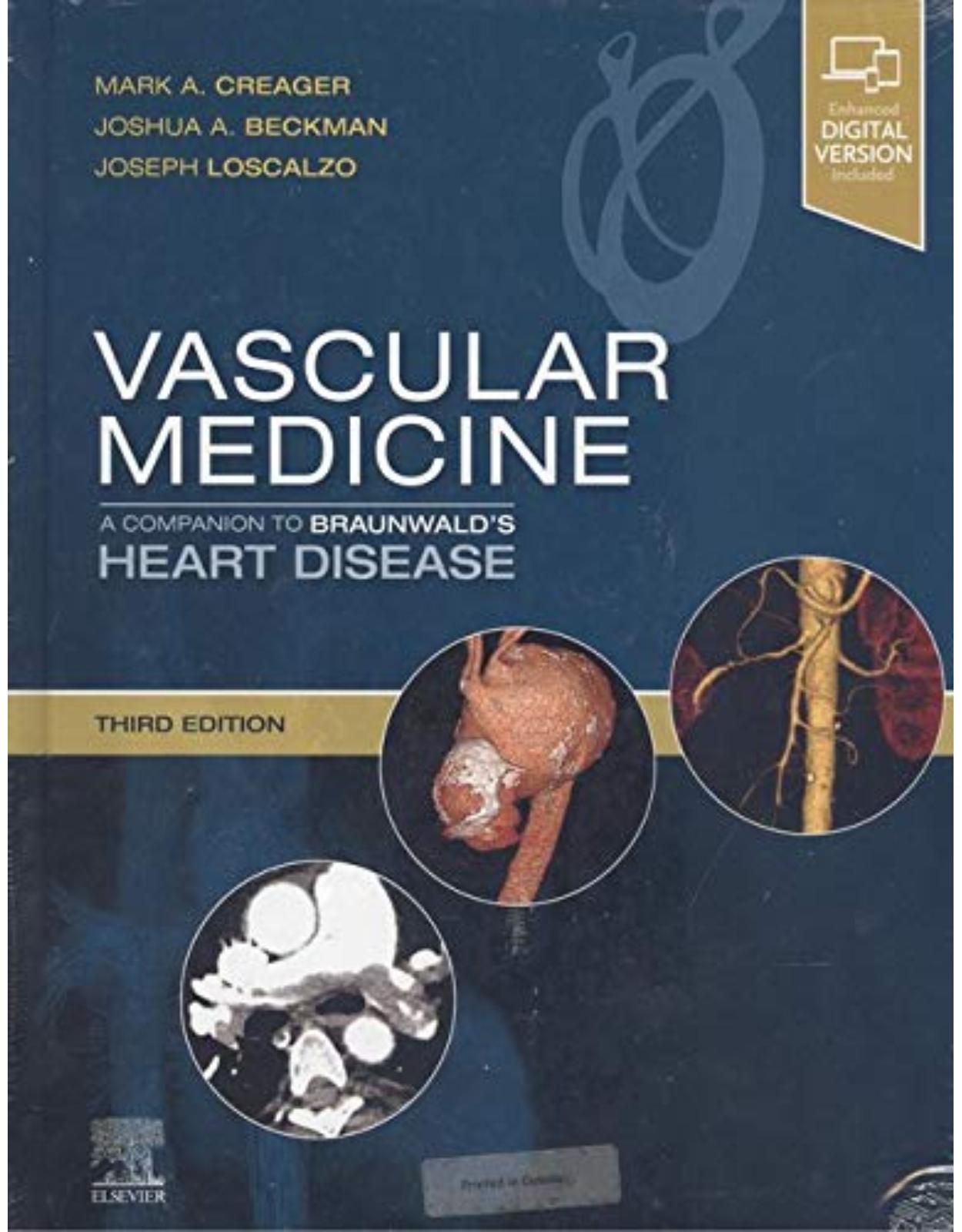
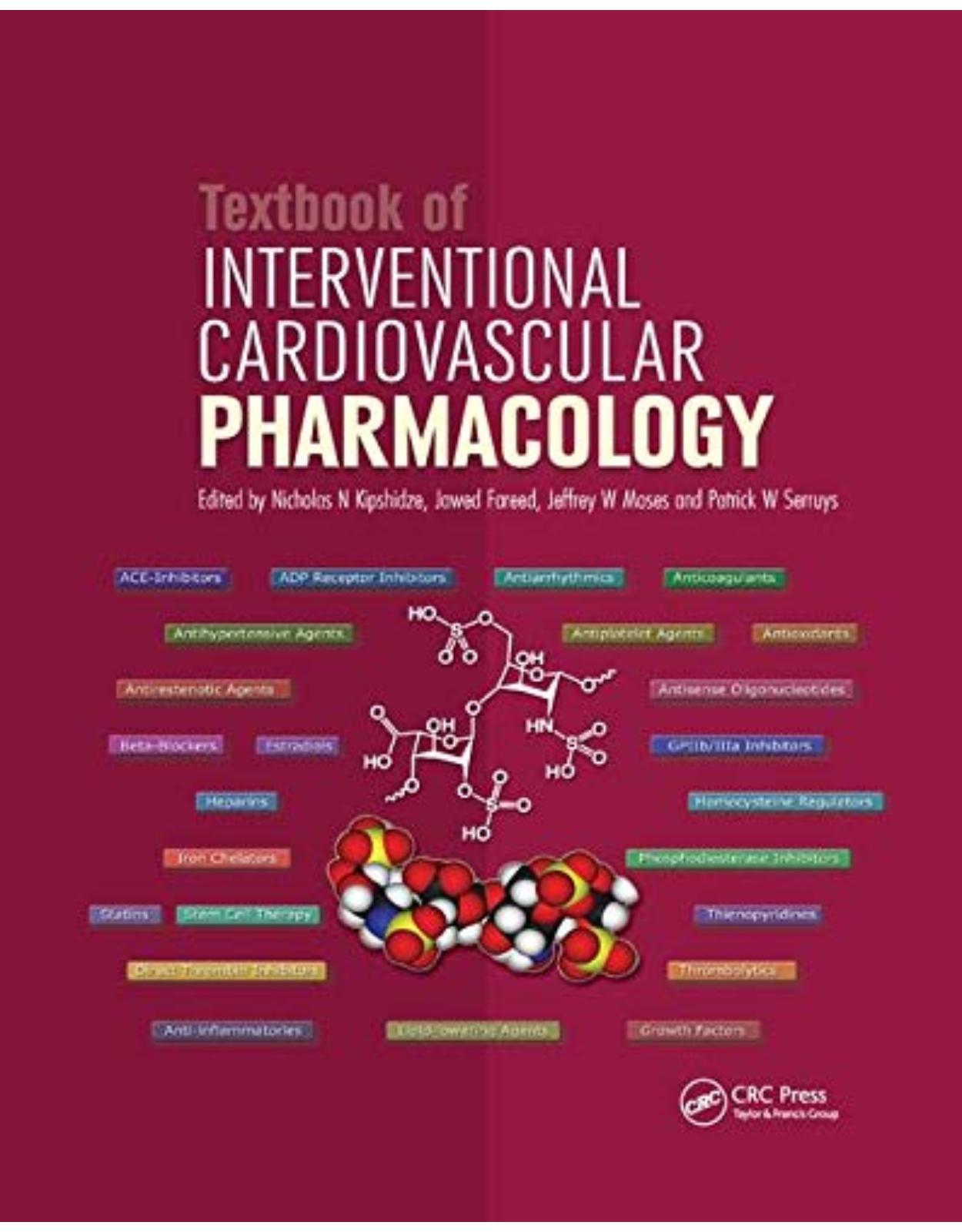
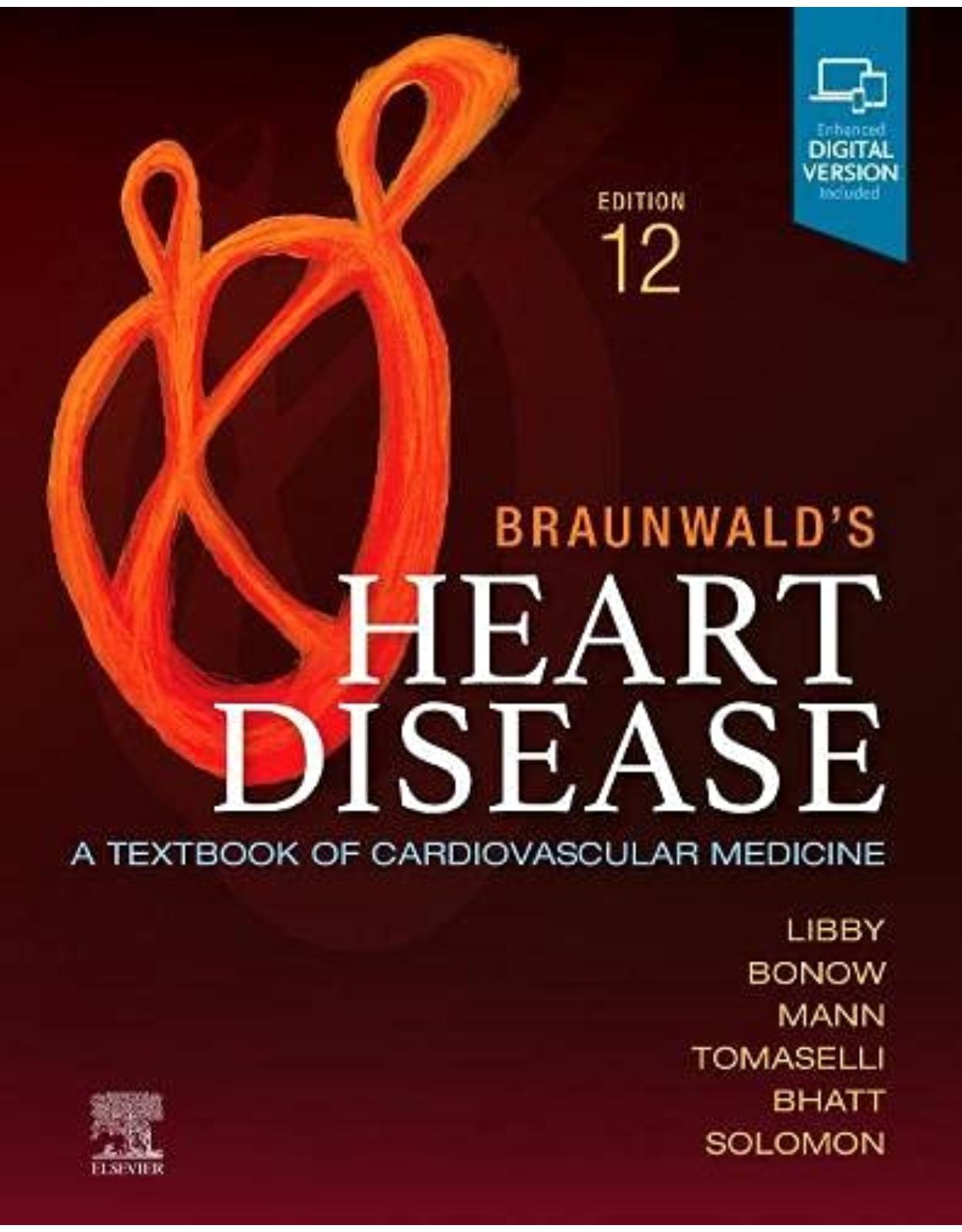
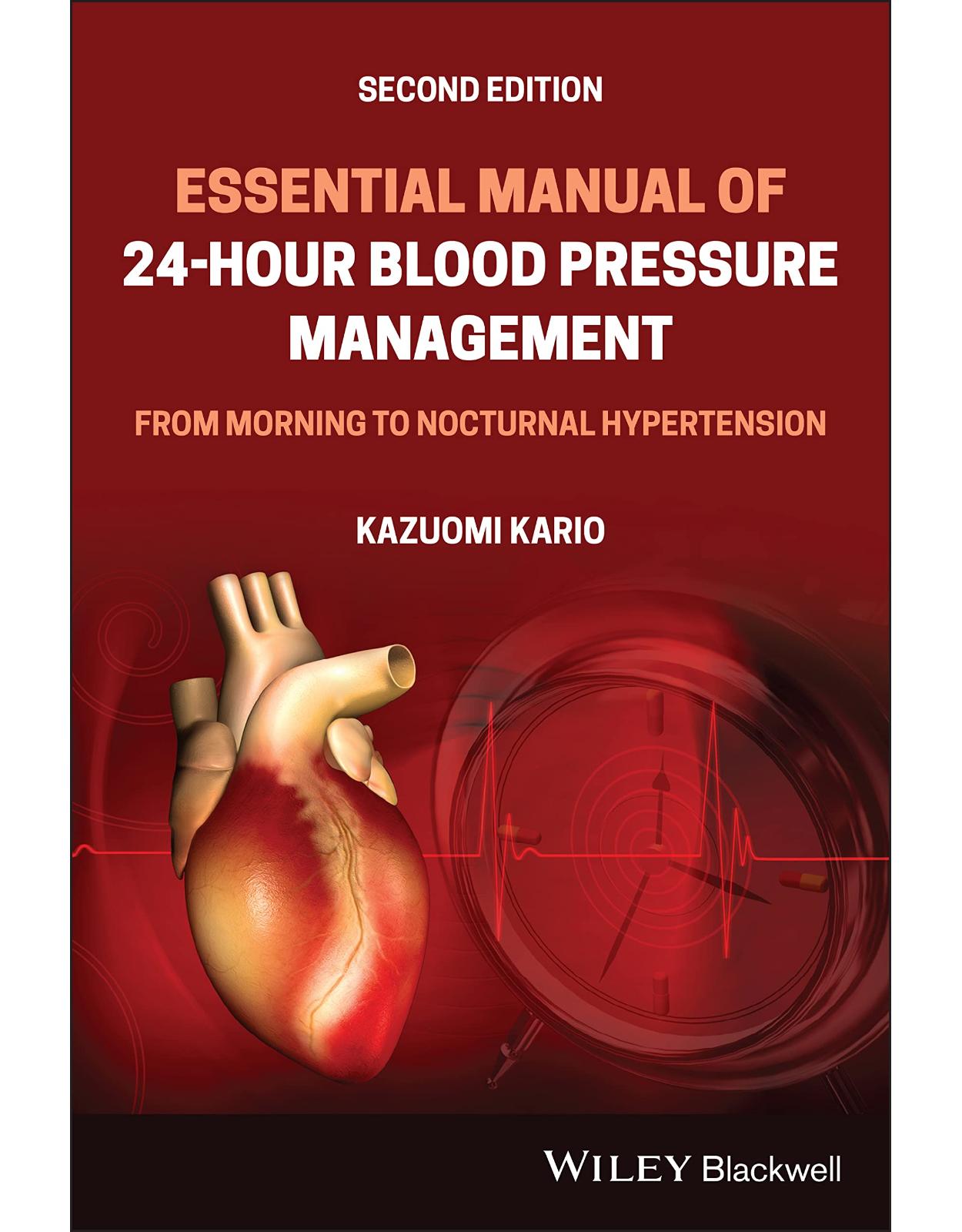
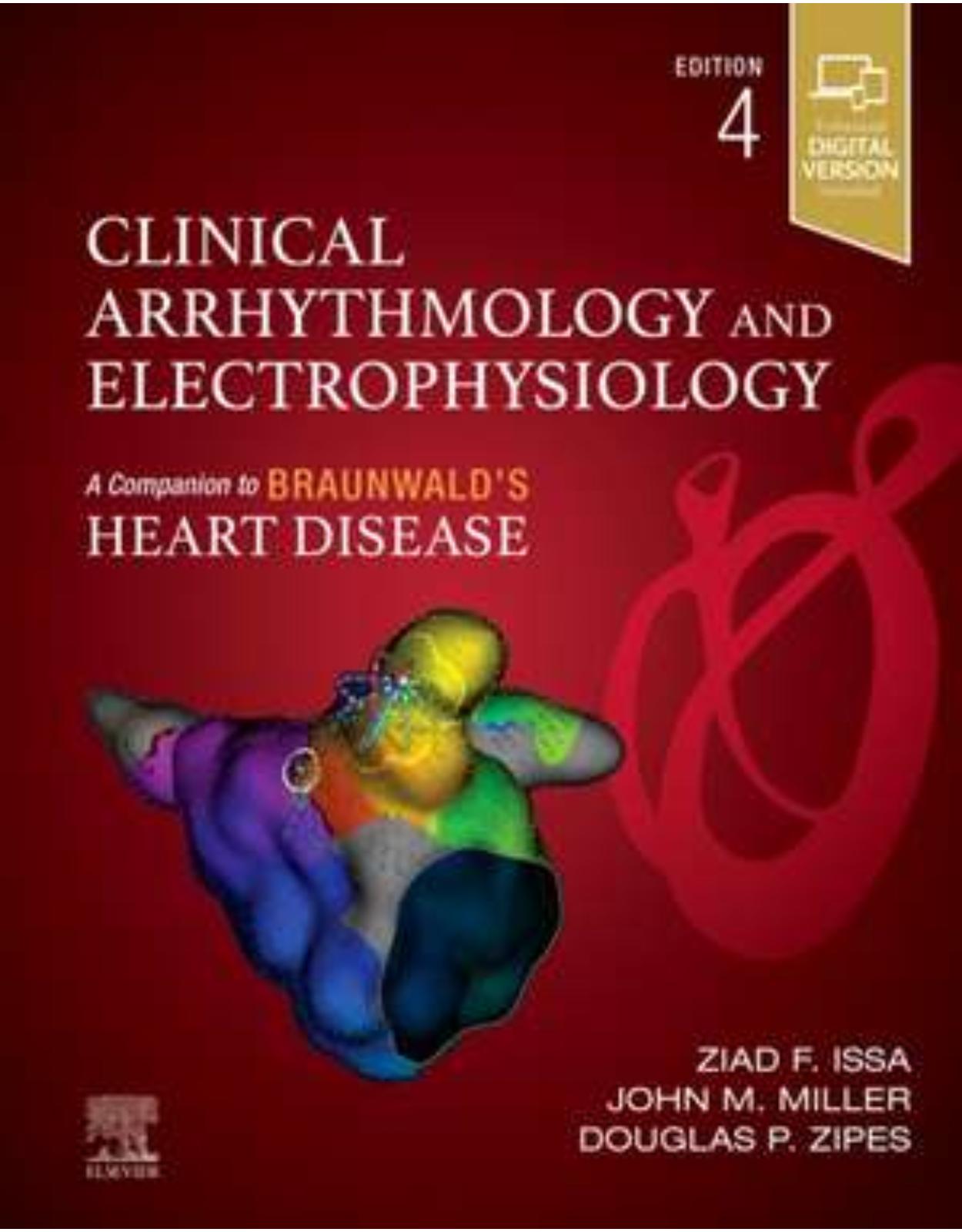
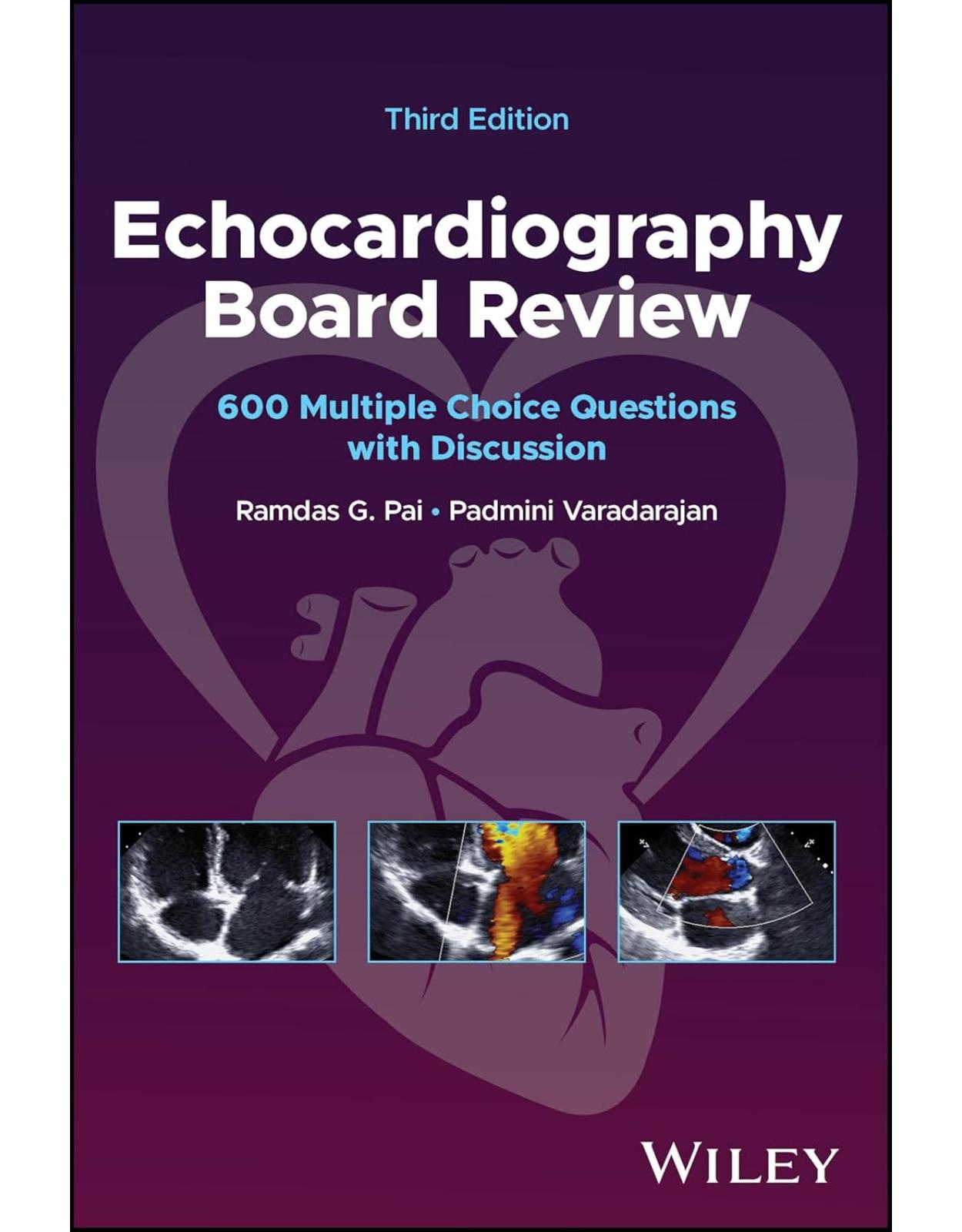
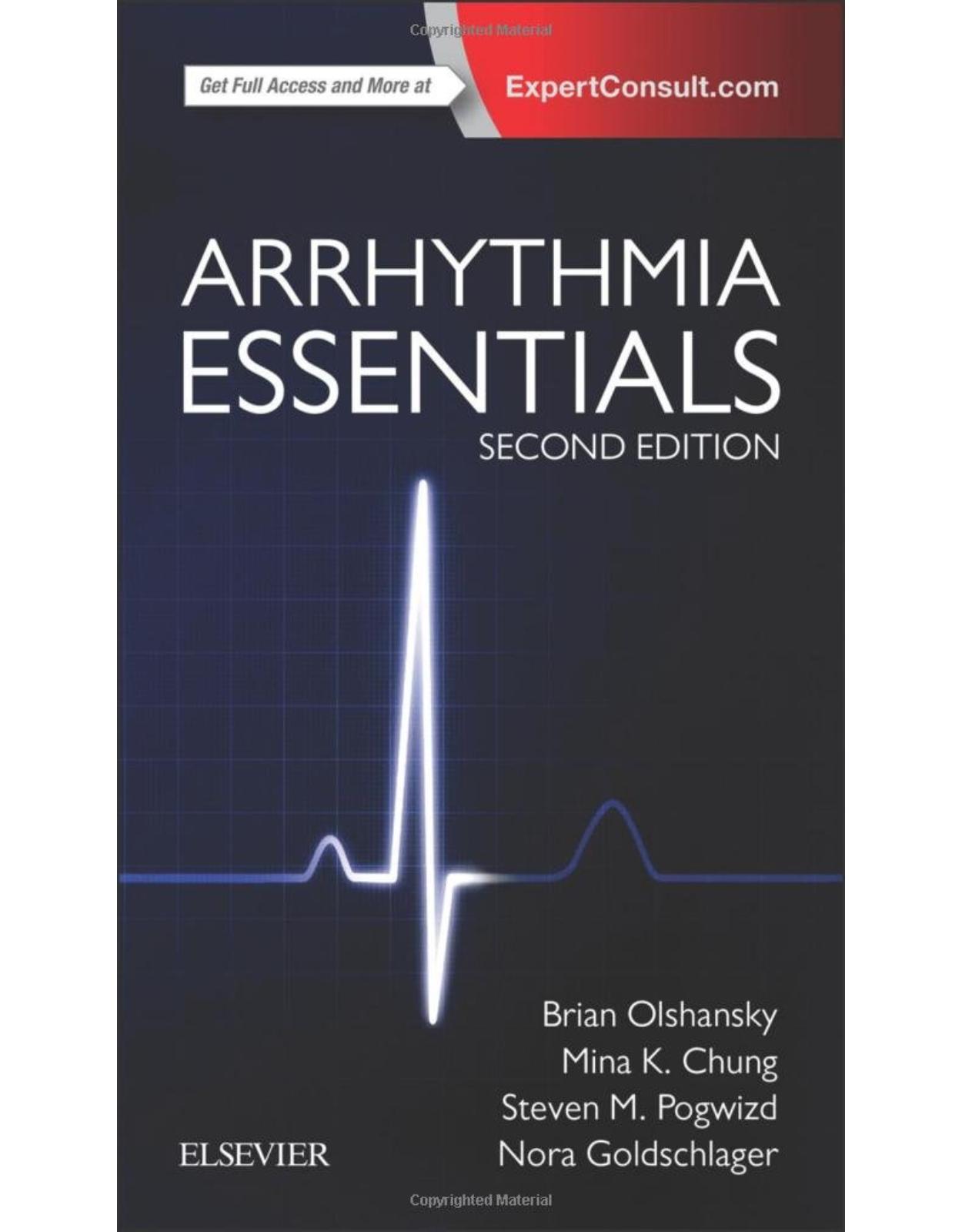
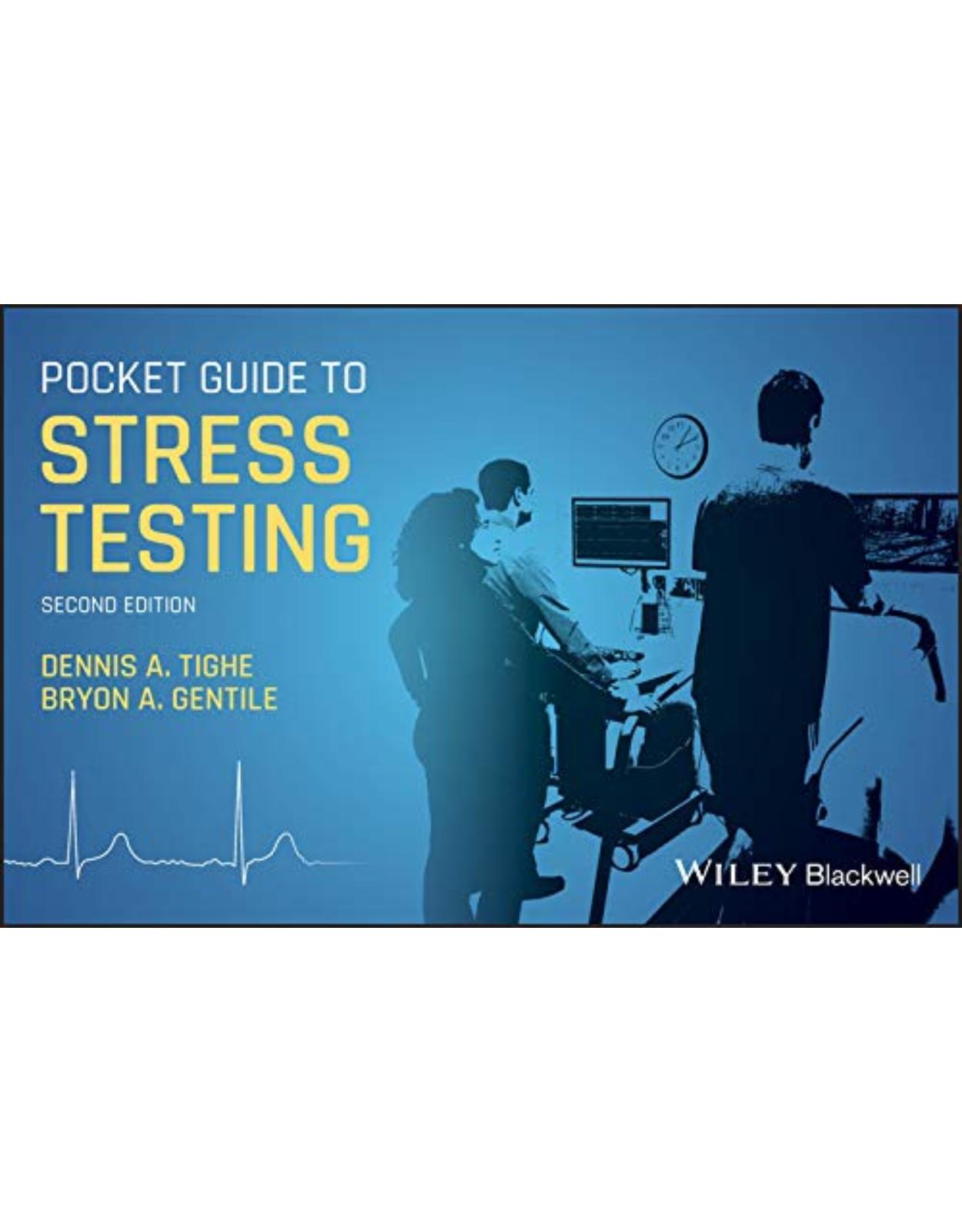
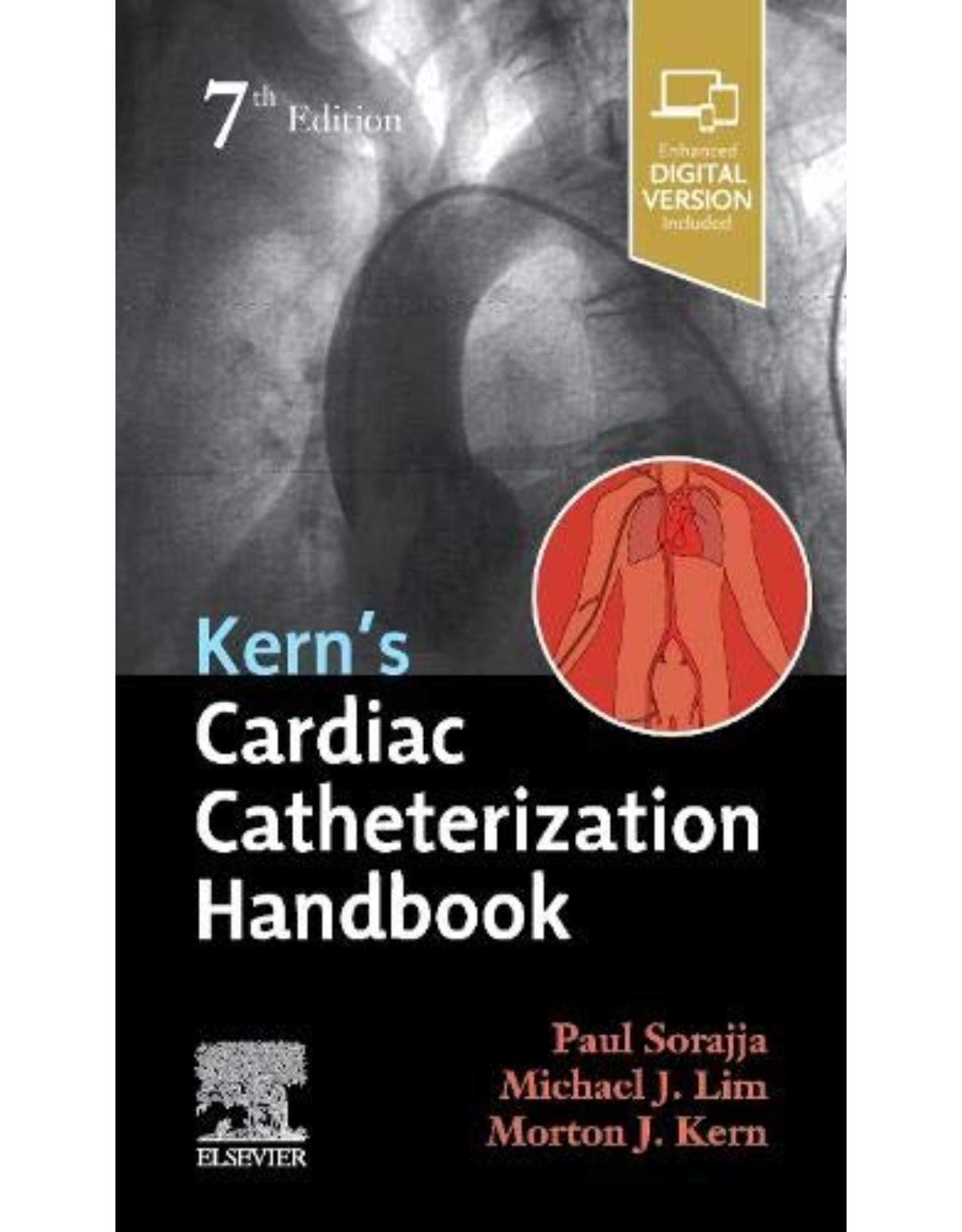
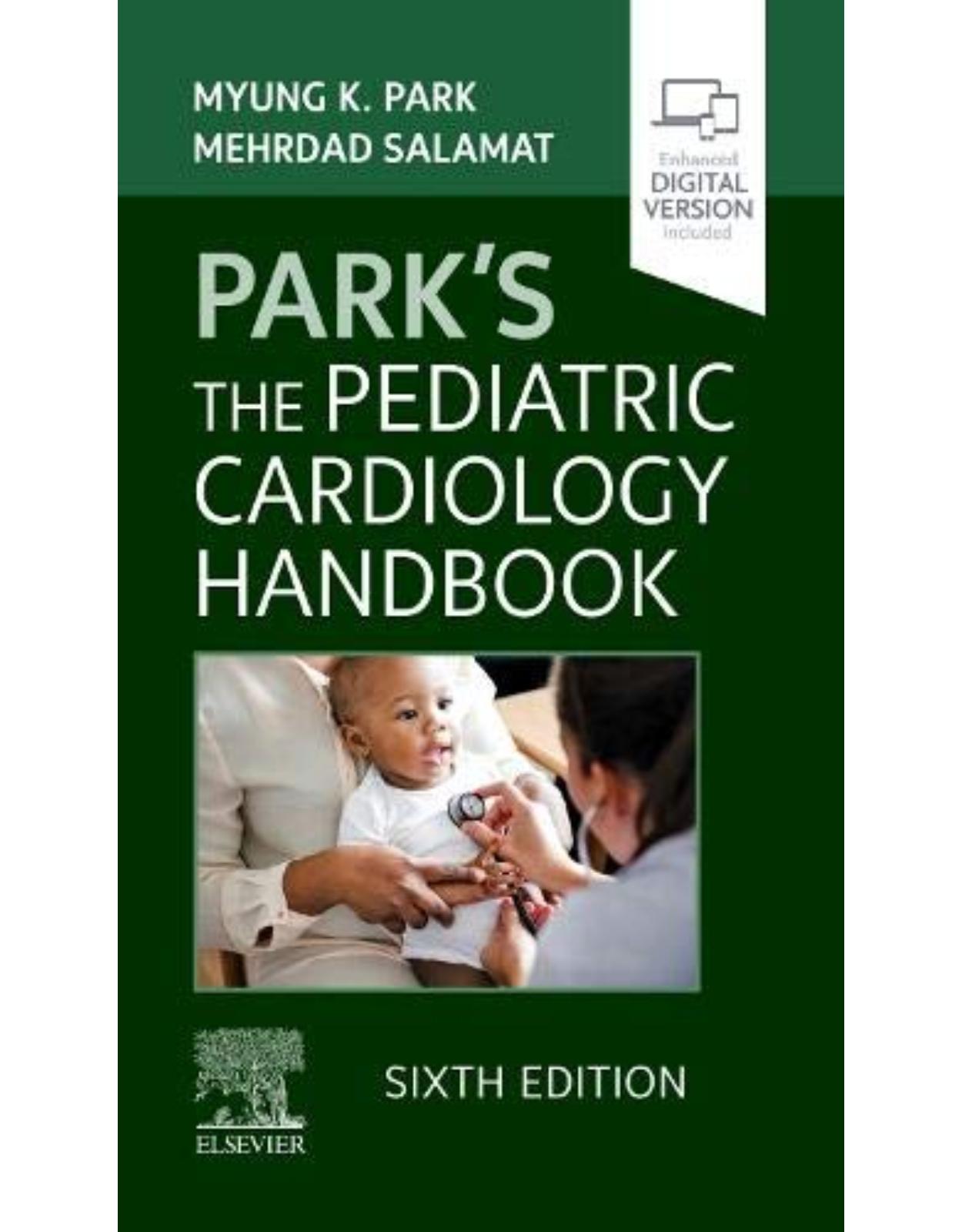

Clientii ebookshop.ro nu au adaugat inca opinii pentru acest produs. Fii primul care adauga o parere, folosind formularul de mai jos.